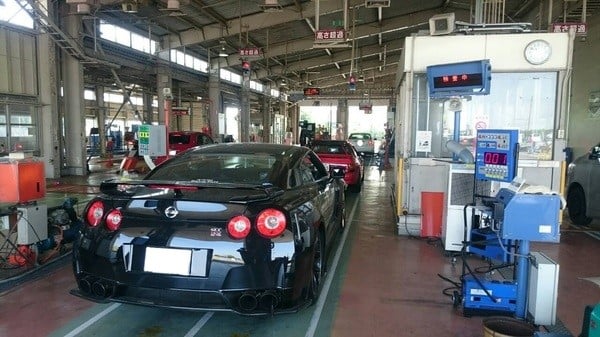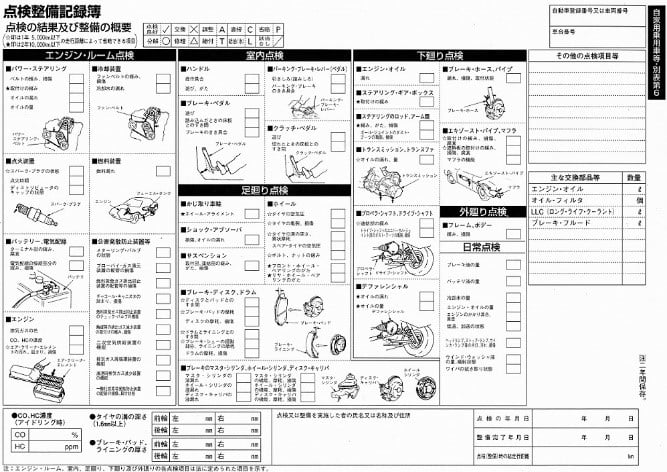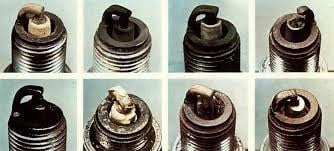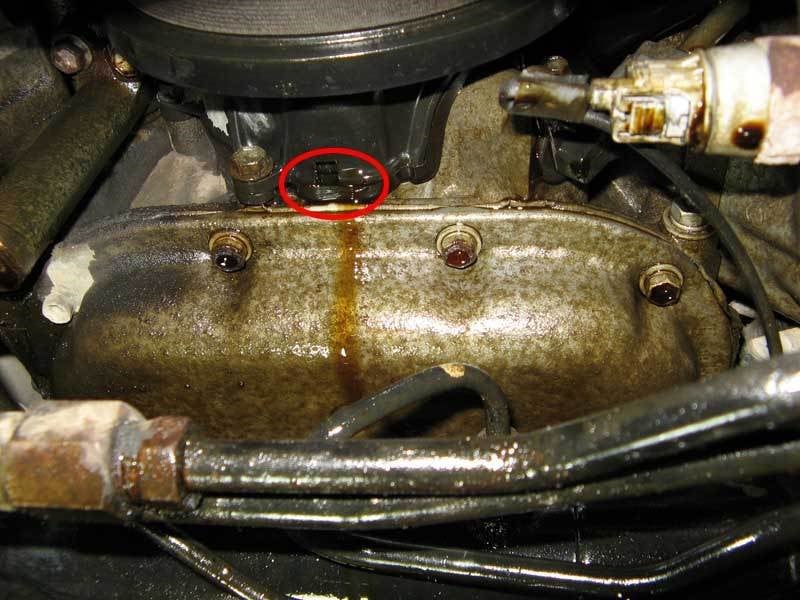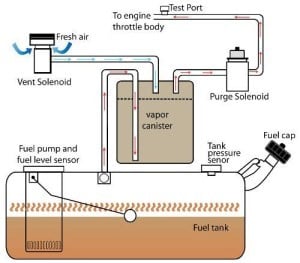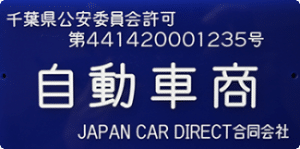- Homepage
- Vehicle Search Engine Registration
- JCD Info▼
- Cost and Services▼
- JCD MERCH
- Sold and Exported JDM Vehicles▼
- Japanese Domestic Market▼
- Kei Vehicles▼
- Car News▼
- Japan Car News
- Why all the buzz about the Nissan Silvia S16?
- 8 Vehicle Relocation Tips To Make Your Life Easier
- Aston Martin is Huge in Japan
- Shaken and Self Inspection Part 1B
- The 2018 Toyota Century — Japan’s answer to Rolls-Royce
- The Honda NSX returns to Spa 24
- The insane McLaren 600LT meets crazy JDM models from the 90s
- Affordable used Japanese campers
- BMW Unveils The X2 M35i
- 1962 Ferrari 250 GTO – The most expensive car ever?
- Premium JDM Classics Part 2
- Honda Won Four 2018 ‘Best Cars for the Money’ Awards
- Premium JDM Classics Part 1
- Drifting on the Cheap: PVC Drift!
- Toyota Rotary Engine Vehicle Displayed at CES 2018
- Self-healing electric Lamborghini supercar
- Japanese Food Trucks
- One-off BMW M3 30 Years American Edition
- Auto Test: The World’s Safest Motorsport
- 1959 Ferrari California Spyder LWB
- Air-cooled Porsche 911 perfection
- Toyota Announces Gazoo Racing Company
- Shaken and Self Inspection
- The First FIA Intercontinental Drifting Cup!
- 2006 Mitsubishi Lancer Evo IX sells for $138,000
- Subaru WRX STI sets new record
- Japanese Engine Displacement
- 3,000 hp Nissan GT-R
- Porsche unveils the fastest, most expensive Porsche 911 ever
- Extreme Camber in Japanese Cars
- Incredible Group B Rally auction featuring Lancia Delta S4 Stradale
- Shipping Destinations▼
- Info and Terms▼
- Frequently Asked Questions
- How To Read Auction Sheets
- Vehicle Search Engine
- JCD BLOG
- Contact Us


